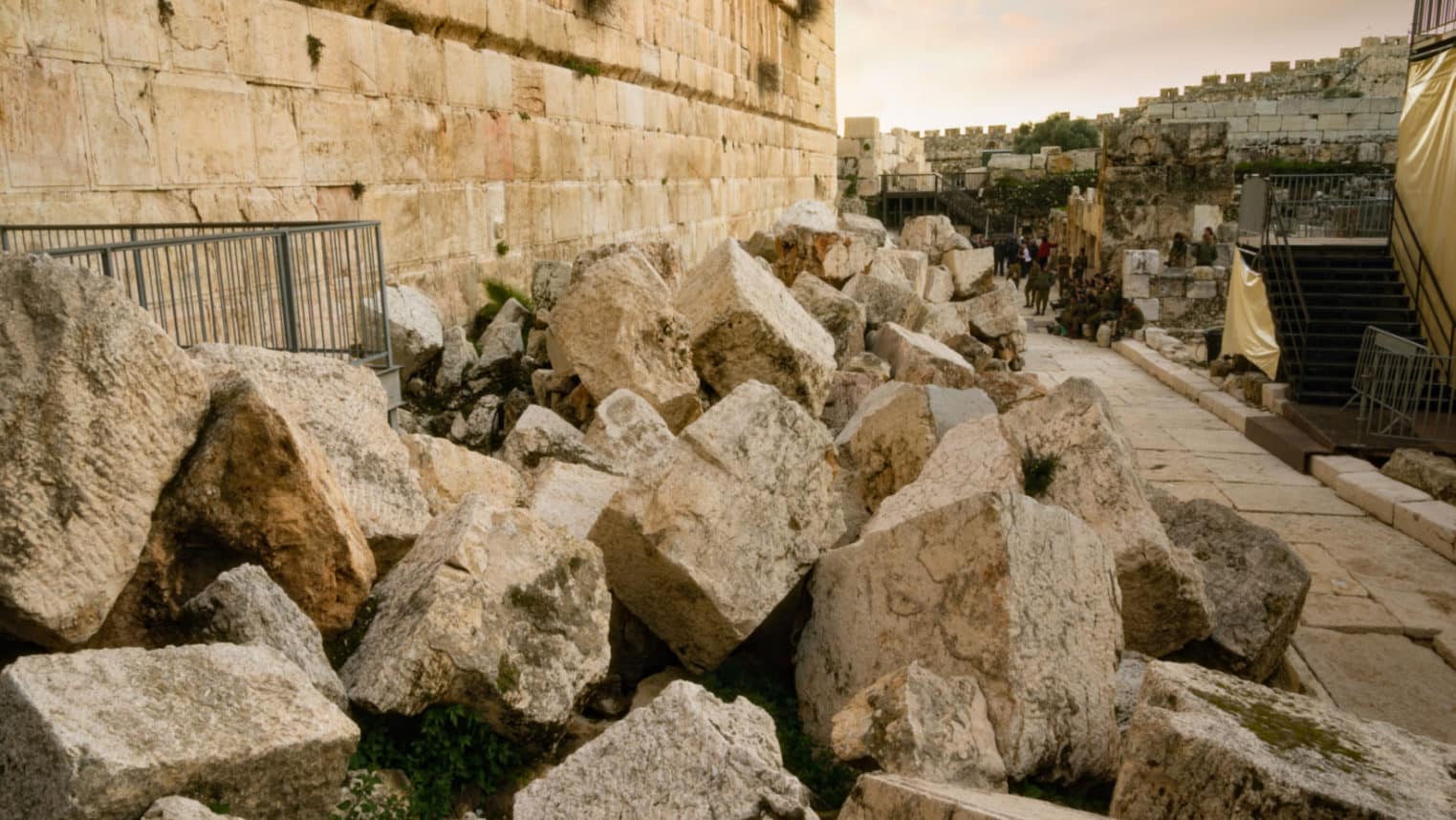
I believe the Divine, something beyond human will, places within us the potential to grasp love, justice, truth and beauty, the good and the holy, in their essence. We have the potential to be just and forgiving, to both live in the moment and rise above the petty.
One way we symbolize that metaphoric place within where the soul emanates these qualities is “the temple within,” in Hebrew, “HaMikdash Ha-Pnimi.” In moments of deep contemplation, we can feel these forces flowing through us.
* * * *
In our most clear moments, moments that shine like the firmament above, we aim to manifest those qualities that emerge from the soul. The light shines through the veils of personalities and character. We each give our own nuance to the Divine light felt within. God shines the Divine light upon us, and through us. We can shine our refraction of the Divine light into others, and they can shine their refraction of the Divine light into us. Our refractions build fleeting temples of light together – the architecture of harmony.
* * * *
The light within gives us a blueprint. In our lived lives we attempt to build our lives according to that blueprint. Or at least we ought to attempt to construct lives according to the blueprint of the temple within. We have an authentic drive to build. And we all have a hidden urge to destroy. That urge to destroy can burst out, or it can just gnaw away at our well-being. Dynamite or termites.
* * * *
That inner struggle, between the urge to build and the urge to destroy, is the theme of the Three Weeks between the 17th of Tammuz and the 9th of Av.
During this time, we recall with great sadness the tragedy of the destruction of the Temples. We call that the historical dimension. In the historical dimension, the Babylonians and the Romans destroyed the two Temples due to the sinfulness of the Israelites. At least, that is what we are told to believe.
I don’t believe that the sins of the Jews caused the Babylonians and the Romans to act with destructive fury, to murder, to raze to the foundations, to exile, to enslave. That was their sin. I stopped reciting the poetry of the 9th of Av for this reason. We are not to blame for what they did. God is not to blame. God is the source of love, justice, truth, beauty, the good, and the holy.
* * * *
I seek the inner life dimension of this commemoration day, the 9th of Av. I ask: how do we undermine the foundations of the temple we are trying to build into our lives? Every good person seeks to be loving, just and fair, a person of truth who creates beauty. Why do we, then, tend to make ourselves and others so miserable? These are complaints, not really questions. We know why we tend to make ourselves miserable. We have an urge to destroy, the Yetzer Ha-Ra.
* * * *
To answer this question, the source of human destructiveness, I look to our holy texts. Every year I find a different focus. Or an old focus, but understood anew.
We are bidden to study two catastrophes in the Torah, in order to understand the metaphoric destruction of the temples. The Sin of the Molten Calf, and the Sin of Spies.
Each of these catastrophes was preceded by symptomizing events, unbelievably banal at their core. This banality burst into destructive force in the form of the Molten Calf, and in the form of the Rebellion of the Spies.
What happened before each catastrophe? The people were pathologically hungry and thirsty. The food and water they desired were never far away. The God in these biblical stories always had some food and water nearby. They just had to be patient. Anybody can do without food and water for a day. We do it every Yom Kippur.
Maybe Yom Kippur is our penitence for not being able to withstand a bit of hunger and thirst without falling apart and wreaking havoc.
* * * *
Hunger and thirst, at the metaphoric level, are experiences of deficiency, of lack at a primal level.
At Mt. Sinai, it seems, we felt we lacked whatever it would take to live by the life-giving teaching. Whatever it would take to receive Torah, we assumed we didn’t have. We had enough of what it took to build a Molten Calf, but not enough to live lives of truth. People have not changed much.
* * * *
The Spies returned from Canaan with a deficiency of courage, of faith in themselves, and therefore a deficiency of faith in God. As is the human tendency, they could not stand to see the shame of deficiency within, so they blamed Moses, Aaron, and God. The rule seems to be: when you feel bad, blame someone else. Or, for some: when I feel bad, blame myself.
* * * *
The blueprint of the Temple within would tell you that when you feel bad, don’t blame others, or yourself, for very long. Shame and blame lock you into a destructive cycle that is hard to break. The blueprint of the temple within would have us build wisdom, compassion, perspective, resilience, accountability, and commitment to creating a better next moment. We can’t change the past and it is even hard to change the present. The future is another story.
* * * *
During these Three Weeks, we examine the deficiencies, the gnawing hunger and thirst, with great scrutiny. We prepare ourselves to tell a better story with our lives, lives built according to the holy blueprint. The ever-falling temple can be set aright.
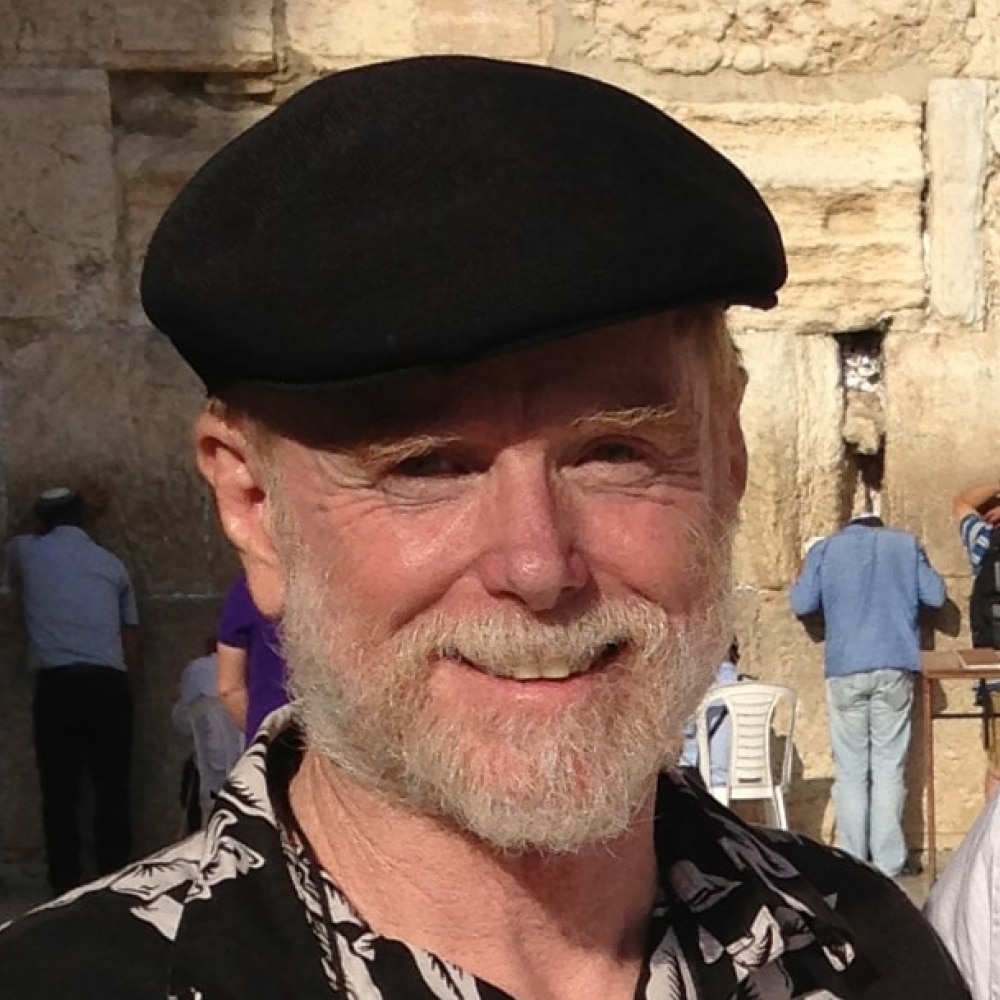
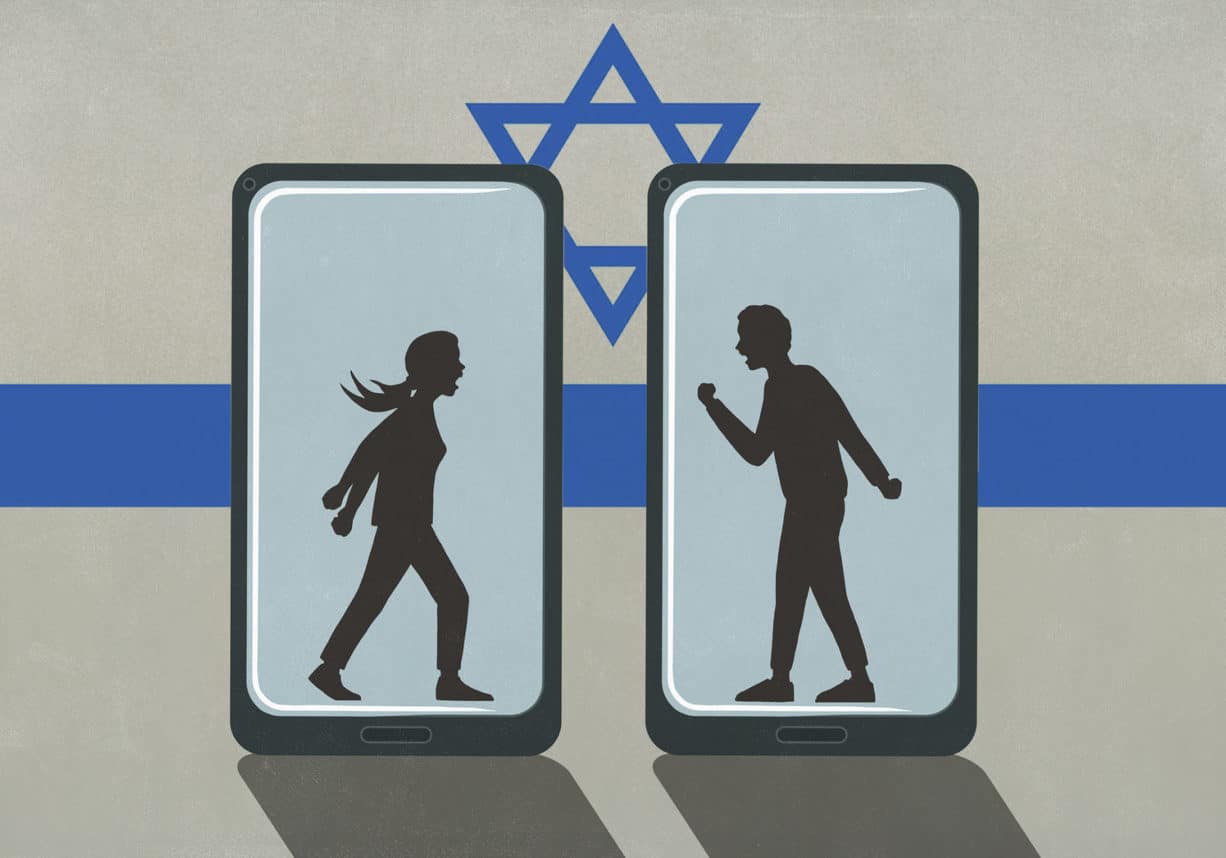


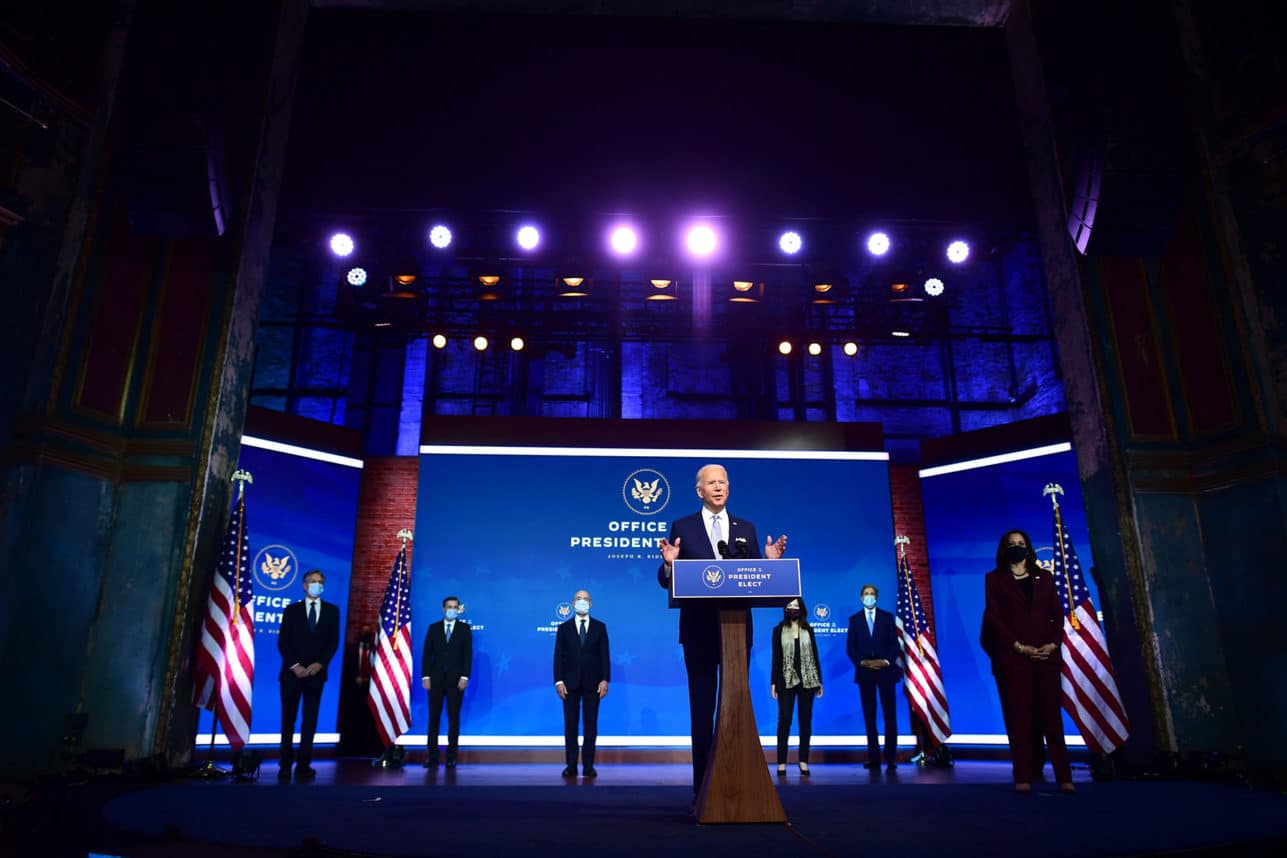
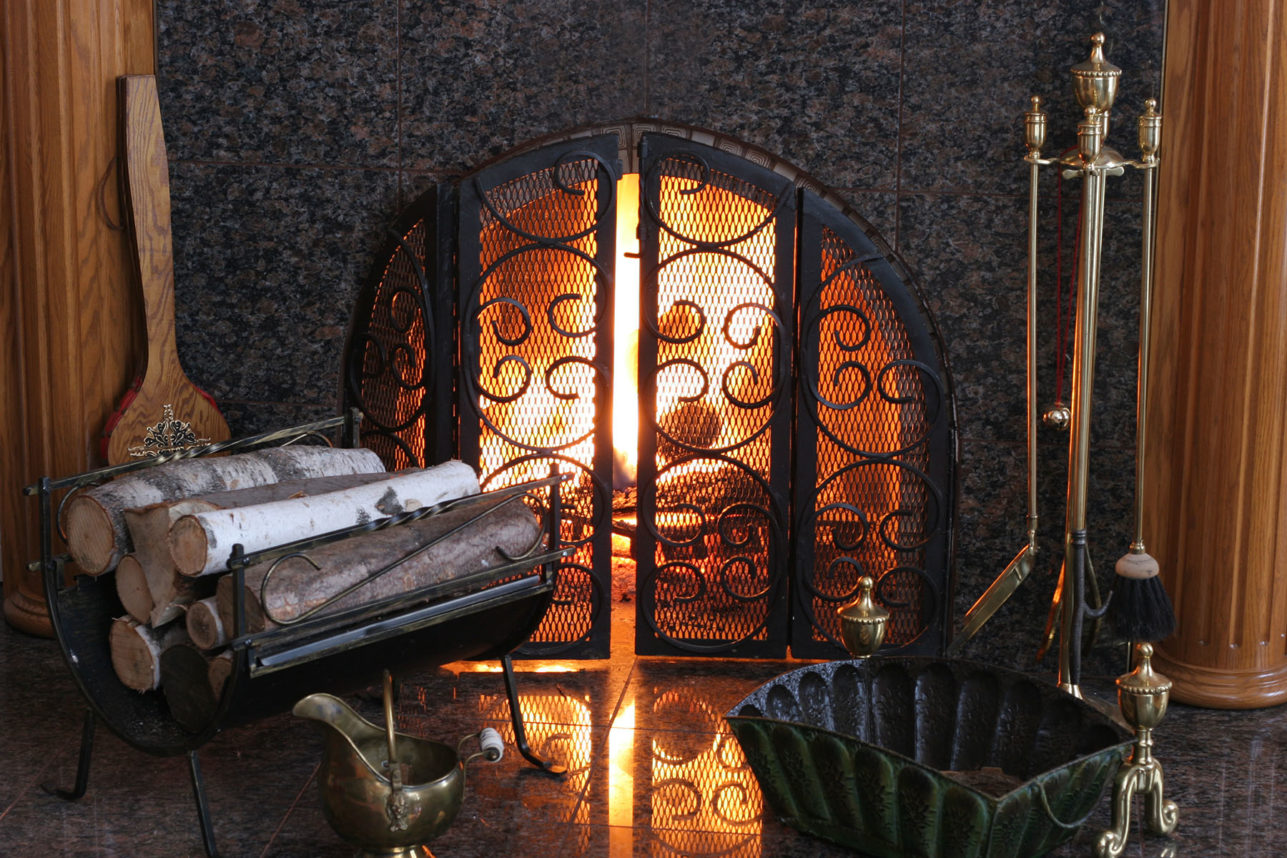

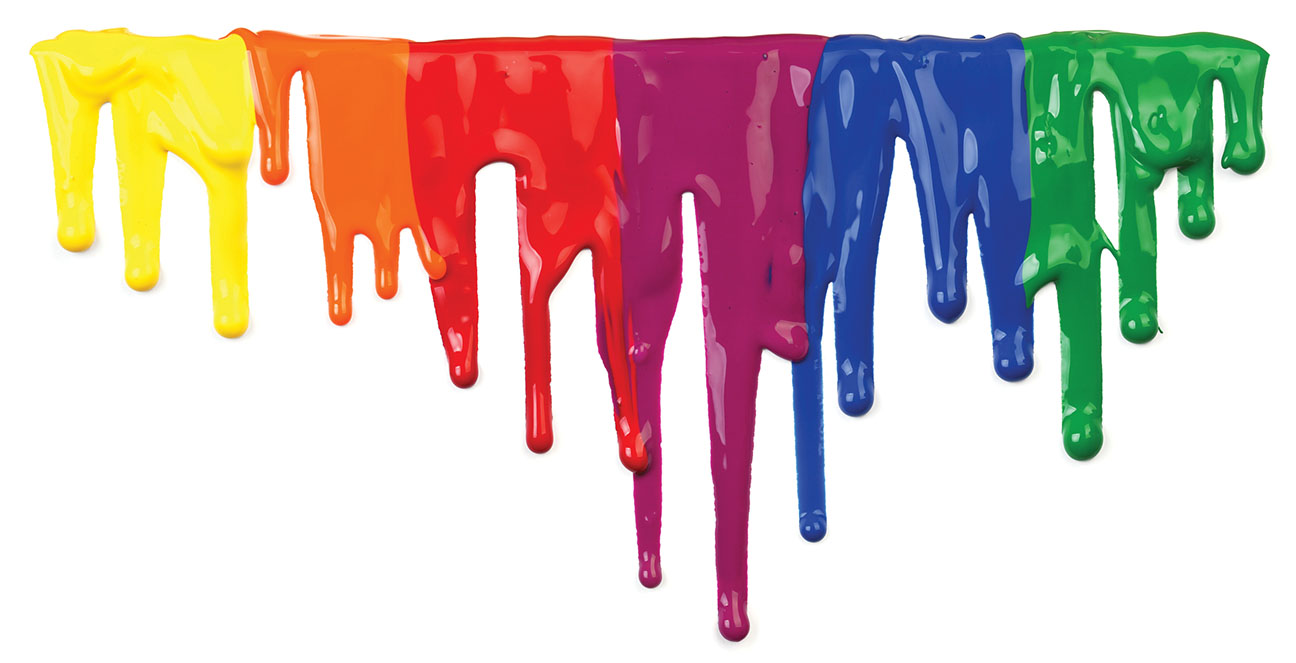

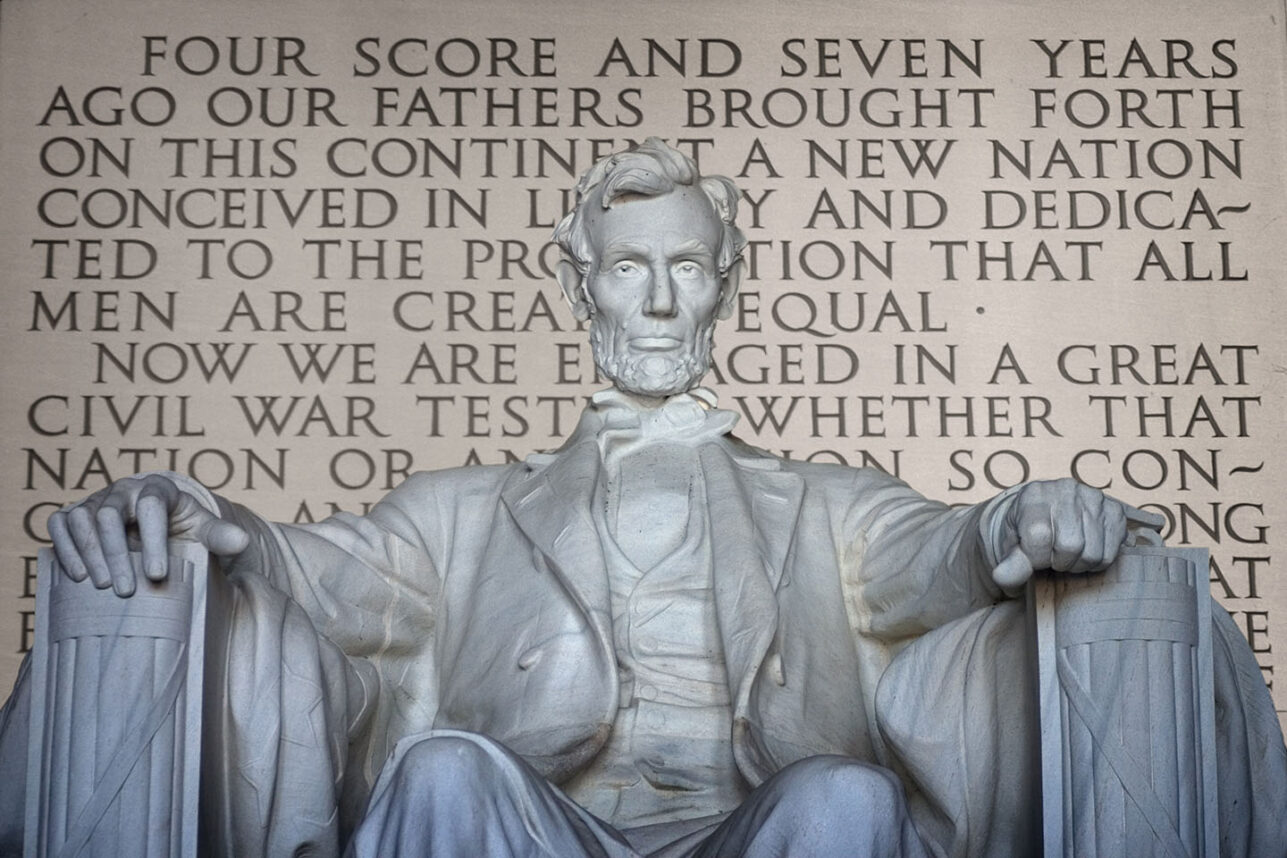
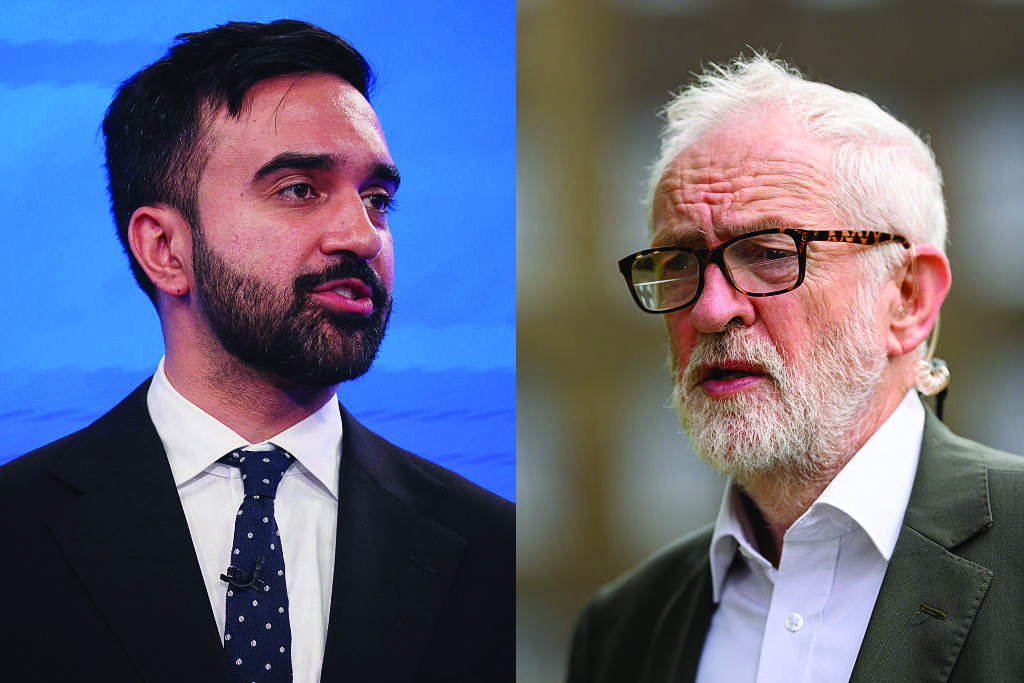



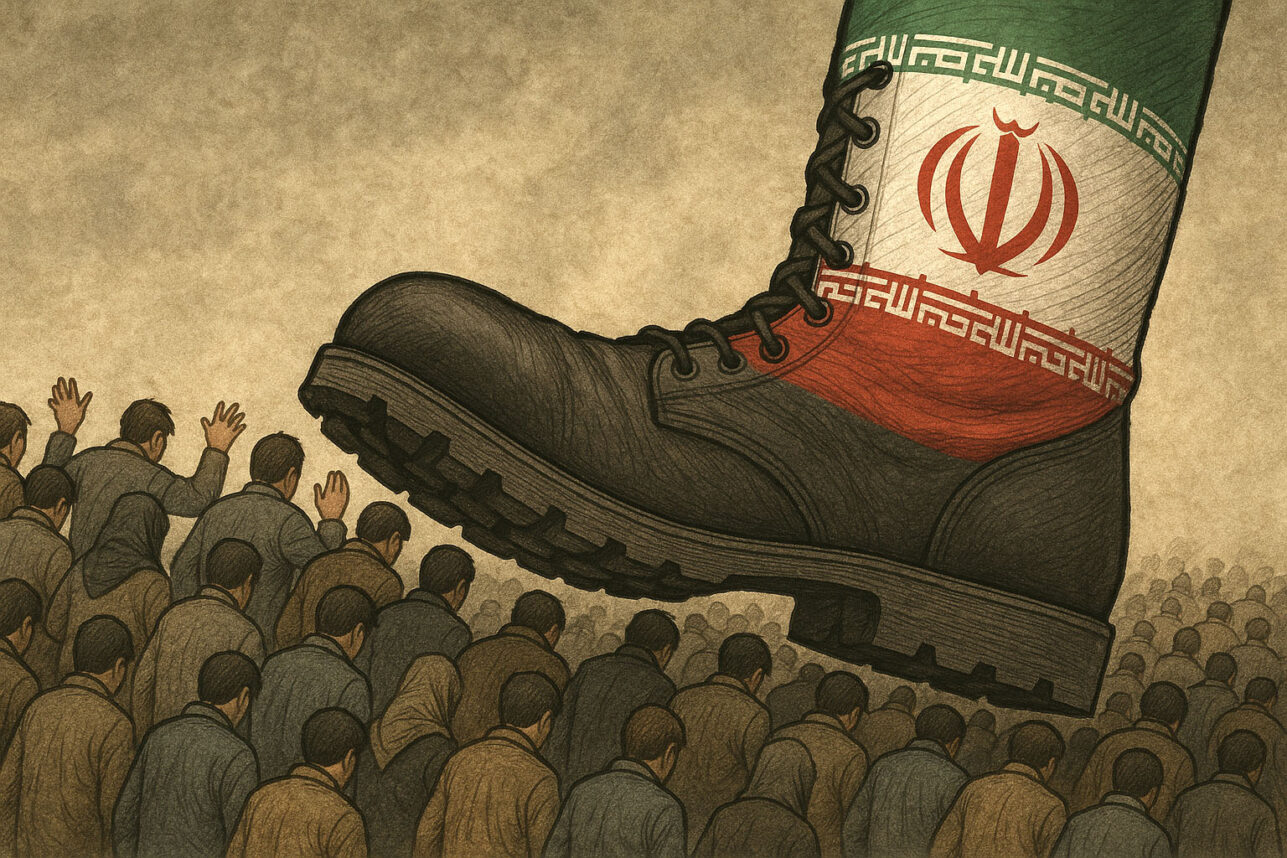

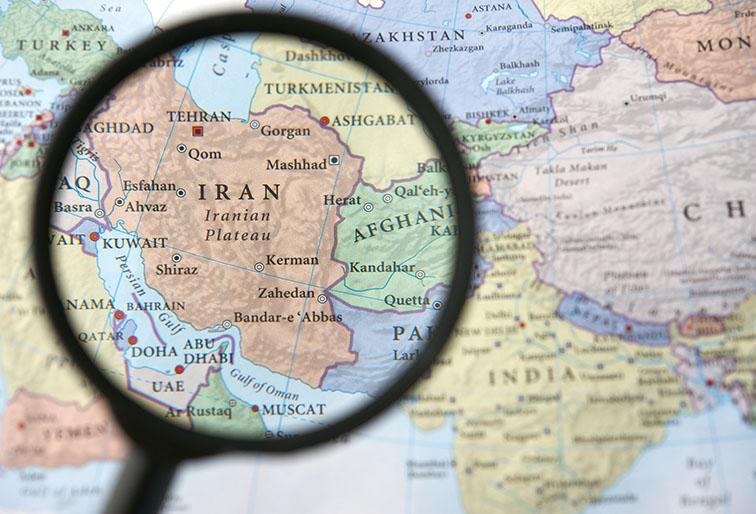

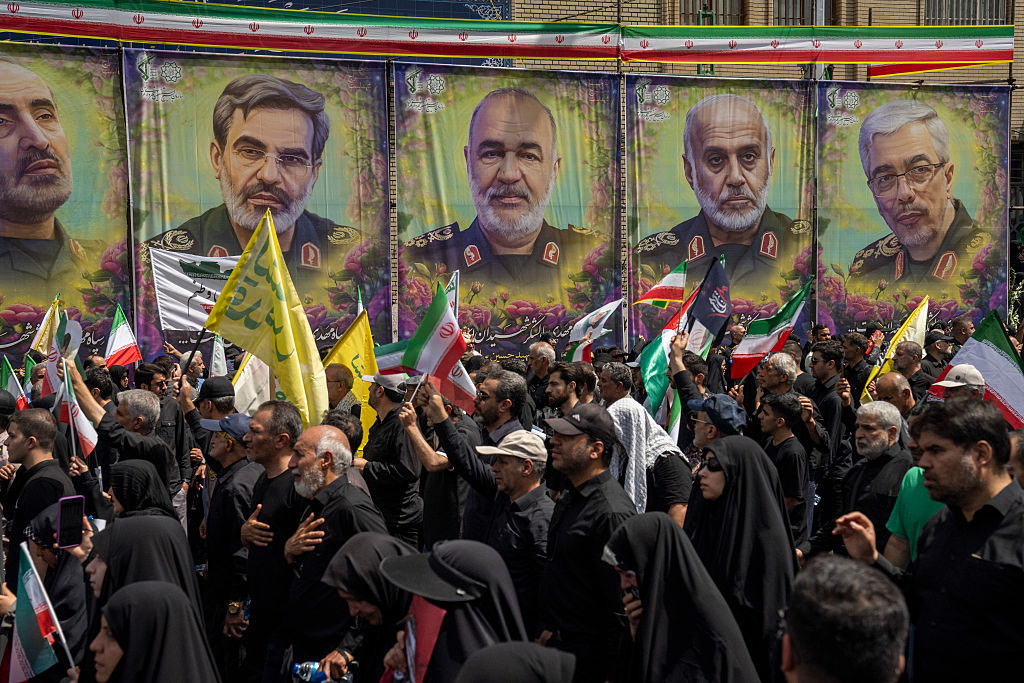
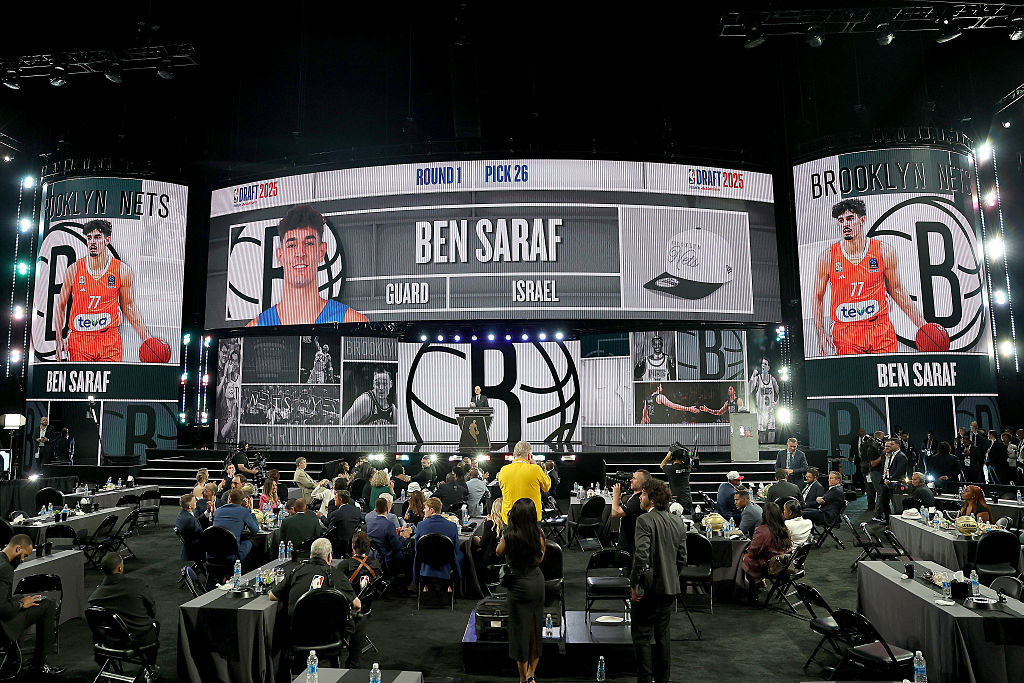


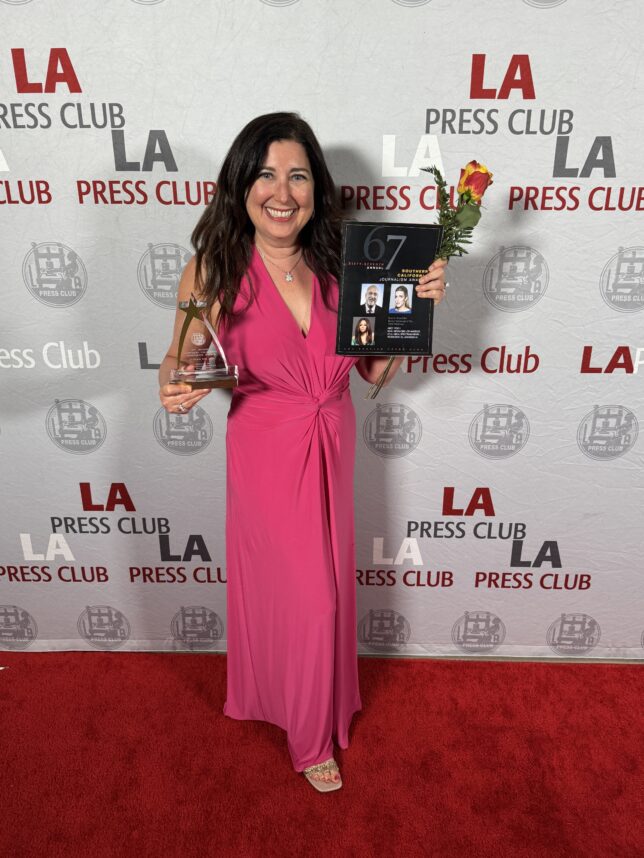
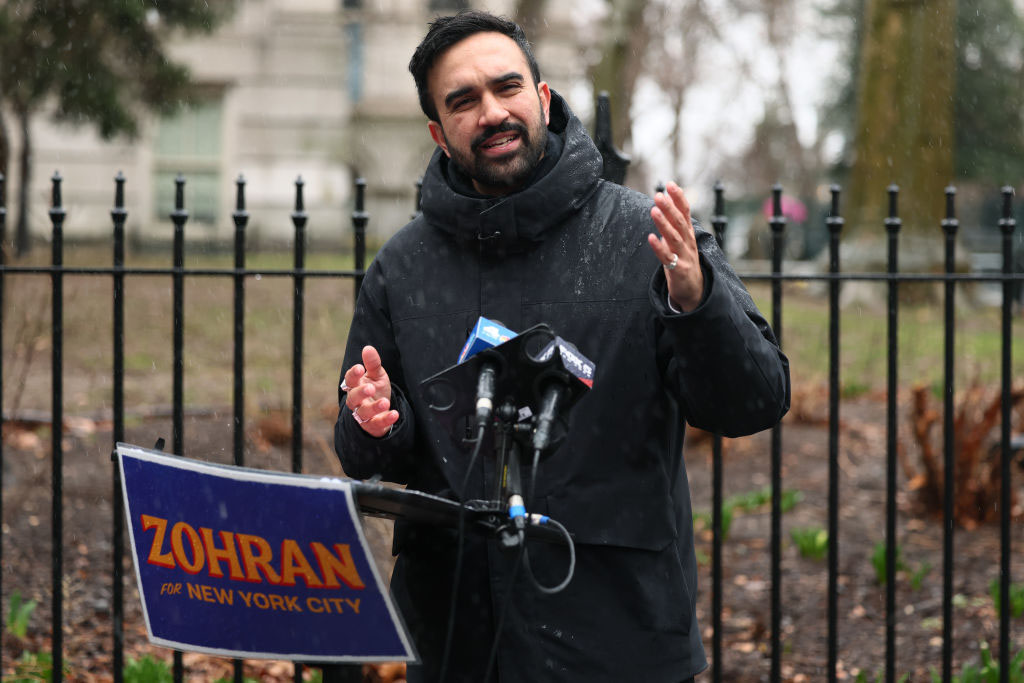

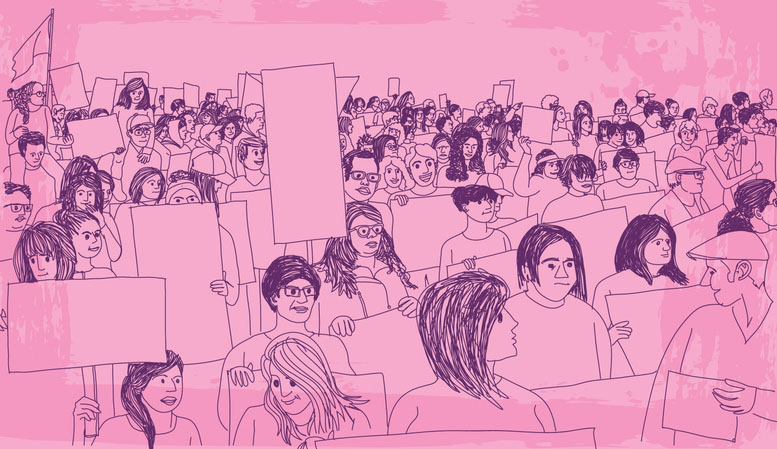


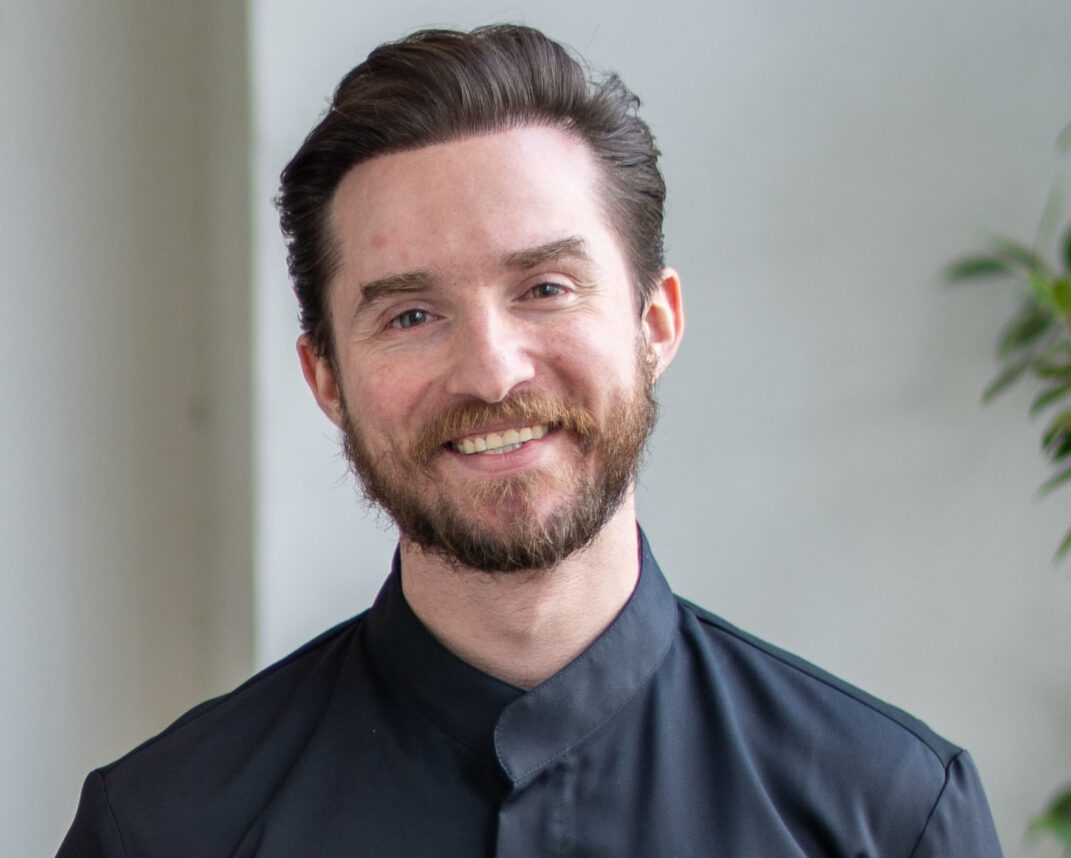





 More news and opinions than at a Shabbat dinner, right in your inbox.
More news and opinions than at a Shabbat dinner, right in your inbox.